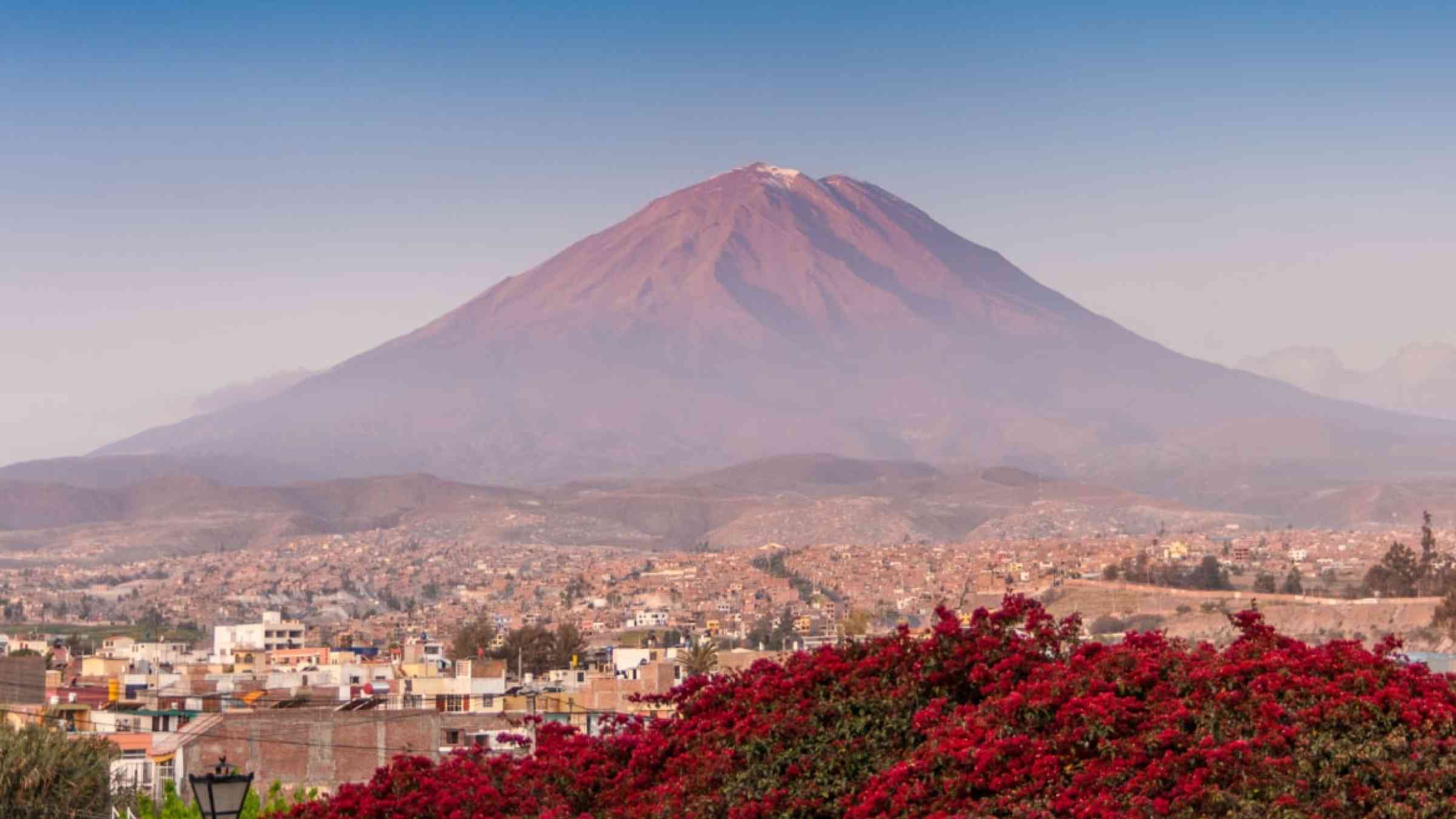Some high-threat volcanoes are severely understudied

The Cascade Volcanic Arc stretches from Northern California to southern British Columbia and contains more than a dozen volcanoes.
The U.S. Geological Survey classifies 11 of them, including Mount Baker and Mount Hood, as “very high threat,” meaning they pose significant hazards to people and infrastructure. Despite the potential for danger, scientists have only scant data regarding where magma is stored beneath the Cascades, knowledge that could help scientists better understand and predict future eruptions, Wieser et al. report in a recent review.
Seismic data, tiltmeter readings, and information from satellites can reveal ground deformations that indicate magma is moving beneath the surface. However, most research focuses on a few Cascade volcanoes that have already been well characterized.
Practical limitations can also hamper scientists’ understanding of volcanoes: Sometimes magma doesn’t move enough to be detected, and other times, noise from different geological processes (including background seismicity from faults) dwarfs the signal from the magma. Rugged terrain and difficulties acquiring permits to install monitoring equipment in protected areas can also make volcanoes hard to study.
For all these reasons, there is a stark lack of data on some of the most dangerous volcanoes in the United States and Canada, the researchers conclude. For example, very little is known about Mount Adams in southern Washington, which, the authors say, is “very concerning,” considering the volcano is classified as “high threat.” The same could be said of Glacier Peak, a little north of Adams, they note.
A few high-profile volcanoes, such as Mount St. Helens, are relatively well characterized. In other cases, more data should be forthcoming. For instance, researchers recently installed additional monitoring stations around Mount Hood, and the new instruments are helping scientists understand the amount and distribution of magma beneath it. For all the rest, the researchers say they hope their work will help scientists prioritize where to focus their efforts on the basis of which volcanoes pose the biggest risk and are the least understood.